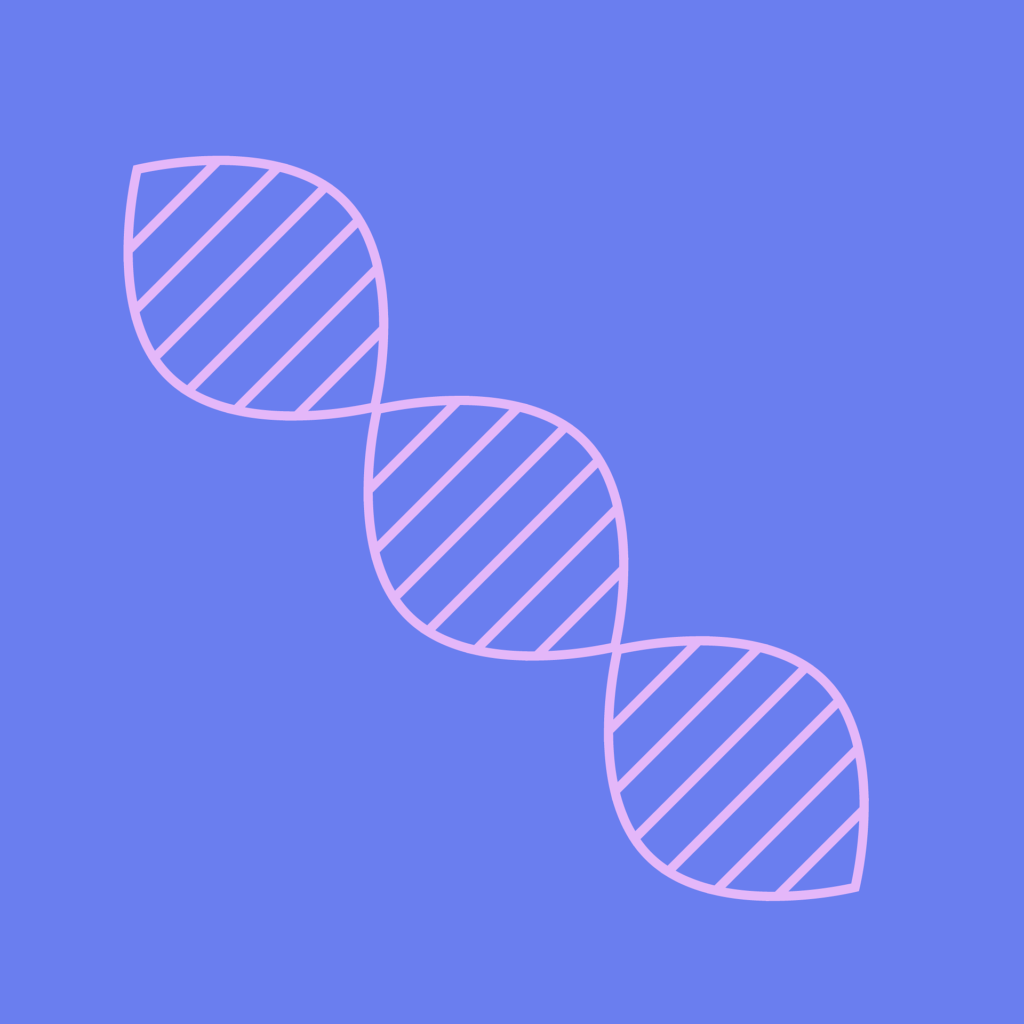The so-called “junk” bits of our DNA is not, after all, quite junk. New research shows that these seemingly inactive genetic elements, micro RNAs (miRNAs), act as a genome-wide time-keeping mechanism, maintaining the function and accuracy of our body clocks. They also make you jet-lagged.

Until now, research into the origins of our circadian rhythm (body clock) focused on what are known as clock genes — these contain the data for proteins that keep the clock ticking. Judging by this rhythm, our body knows when it’s time to wake up or go to bed, when it’s time to eat, when it falls dark. It then prepares for each of these times, generally by releasing different hormones to prep your body up. Needless to say, this rhythm is a very important adaptation that allows organisms to sync in with their environment.
We’ve been studying its origins in the hope of developing new treatment options for diseases such as Alzheimer’s, cancer and diabetes, but progress has been slow. It may have been that we were looking in the wrong place all along, new research reports.
Clocks in unusual places
“We’ve seen how the function of these clock genes are really important in many different diseases,” said Steve Kay, Provost Professor of neurology, biomedical engineering, and quantitative computational biology at the Keck School of Medicine of the University of Southern California.
“But what we were blind to was a whole different funky kind of genes network that also is important for circadian regulation and this is the whole crazy world of what we call non-coding microRNA.”
Molecular circadian clocks exist in every cell in the body, the team reports. They are small bunches on non-coding nucleotides known as micro RNAS, which can affect the patterns of gene expression by preventing messenger RNA from being turned into proteins. In essence, their job is to stop the protein blueprints from being taken to the factory if it’s not the right time. Past research has hinted at this role of miRNAs, but determining which of the hundreds of such molecules in the genome actually influence the circadian rhythm was quite a challenge.
The team, led by Lili Zhou, a research associate in the Keck School’s Department of Neurology, worked with the Genomics Institute of the Novartis Research Foundation (GNF) in San Diego, which produces robots capable of high throughput experiments. Along with Zhou, they developed a new robot to test almost a thousand miRNAs individually. Each strand was transferred into a cell. These cells were engineered to glow on and off based on their internal clock, which allowed the team to monitor its function.
The next step was to inactivate certain miRNAs identified in the previous step in similar cells. This had an inverse effect on the cells’ behavior than activating the genes — suggesting that their activity is directly involved in maintaining the circadian rhythm, and the previous experiment wasn’t picking up on an unrelated mechanism.
“The collaboration with GNF made it possible for us to conduct the first cell-based, genome-wide screening approach to systematically identify which of the hundreds of miRNAs might be the ones modulating circadian rhythms,” said Zhou.
“Much to our surprise,” added Kay, “we discovered about 110 to 120 miRNAs that do this.”
As for their role on a greater level, the team also studied the physiological and behavioral impacts of miRNAs. They engineered mice with an inactivated miR 183/96/182 cluster, which interfered with their wheel-running behavior in the dark compared with control mice. Further examination of brain, retina, and lung tissue revealed different effects in every tissue — suggesting that the way miRNAs operate is different among tissues.
The findings, the team says, could present a solid launching board for new treatments or prevention avenues for specific diseases.
“In the brain we’re interested in connecting the clock to diseases like Alzheimer’s, in the lung we’re interested in connecting the clock to diseases like asthma,” said Kay.
“The next step I think for us to model disease states in animals and in cells and look at how these microRNAs are functioning in those disease states.”
The paper “A genome-wide microRNA screen identifies the microRNA-183/96/182 cluster as a modulator of circadian rhythms” has been published in the journal Proceedings of the National Academy of Sciences.









